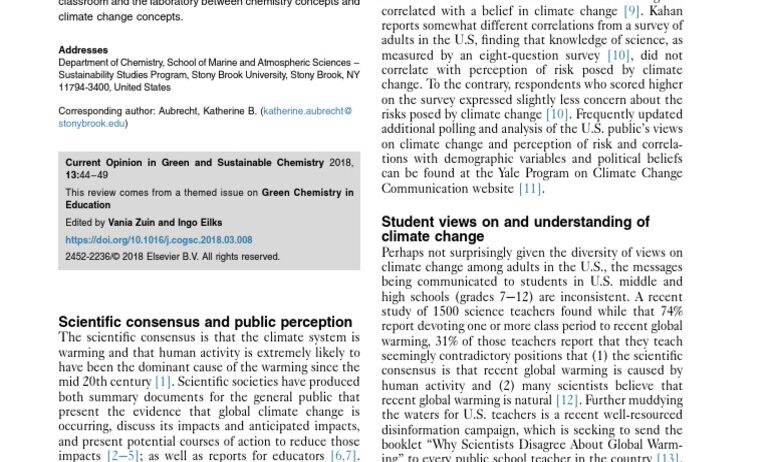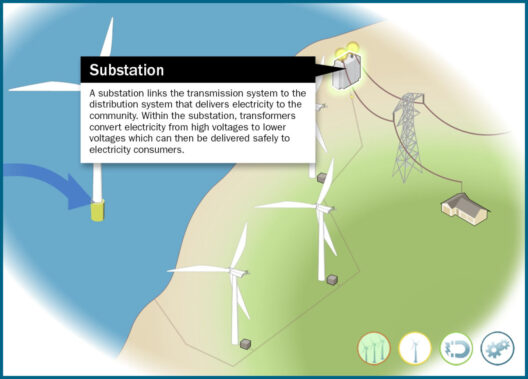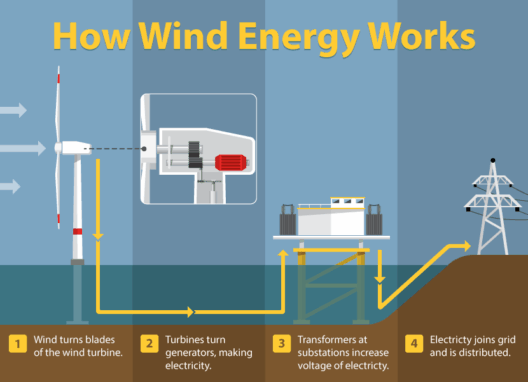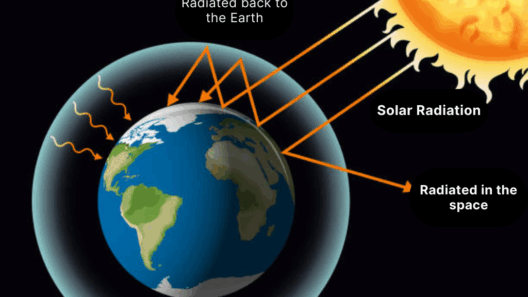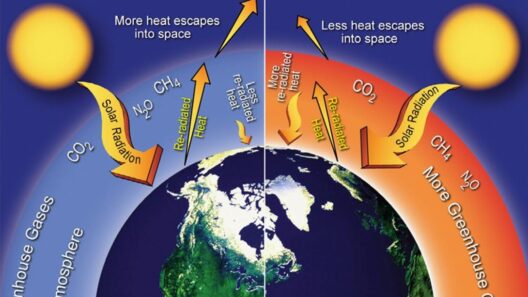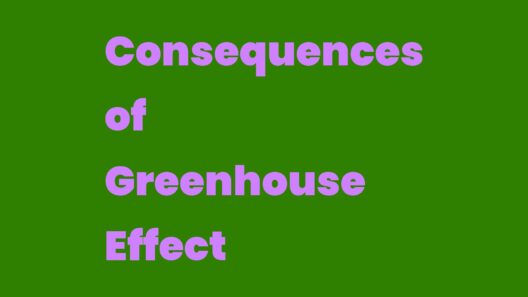The greenhouse effect is often cloaked in a shroud of misconceptions that can distort our understanding of climate dynamics. Picture Earth as a colossal greenhouse, where sunlight enters, warms the ambient air, and then strives to escape. Yet, not all the warmth dissipates; some gets ensnared in the atmosphere. This intricate balance is essential for life as we know it, but misconceptions abound. Let’s traverse these misapprehensions, bringing clarity to the complexity of the greenhouse effect.
The essence of the greenhouse effect is no secret; it is about warmth retention. In the simplest terms, sunlight penetrates the Earth’s atmosphere, warming its surface. This warmth radiates back into the dark abyss of space in the form of infrared energy. However, certain gases in our atmosphere, aptly named greenhouse gases, are adept at capturing this infrared radiation. This process is fundamental to regulating our planet’s temperature. However, the narrative around this phenomenon is riddled with confusion.
One prevalent misconception is that the greenhouse effect is a recent occurrence. In reality, it has existed long before humanity emerged on the scene. Natural greenhouse gases, such as carbon dioxide (CO2) and methane (CH4), have kept our planet hospitable for millions of years. Without them, Earth would be a barren, frigid wasteland, devoid of life. When natural processes function in equilibrium, the result is a stable climate, akin to a finely tuned instrument that resonates beautifully. However, human activities have begun to play a discordant note, prompting alarm bells to ring.
As fossil fuel combustion proliferates, particularly in the past century, we have accelerated the accumulation of greenhouse gases in the atmosphere. The amplification of these gases leads to an enhanced greenhouse effect, which in turn contributes to global warming. While it is essential to recognize that the greenhouse effect is a natural phenomenon, it is equally critical to understand that human actions have intensified its impact, creating an imbalance that poses a significant threat to the planet.
Another fallacy that often surfaces is the belief that all greenhouse gases exert the same influence on climate change. This notion simplifies a complex reality. Not all greenhouse gases are created equal; their characteristics vary widely. For instance, CO2 is ubiquitous, produced from various sources, including factory emissions, forest fires, and even respiration. Although CO2 persists in the atmosphere for centuries, other gases, such as methane, have a far more potent warming potential, albeit for a shorter duration. Methane is approximately 25 times more effective than CO2 at trapping heat in the first 100 years after its release. Thus, emphasizing the differences in potency and duration between these gases is crucial for the dialogue surrounding climate change.
The portrayal of the greenhouse effect often teeters on sensationalism, leading some to falsely conclude that its presence alone suffices to justify fear and futility in mitigation efforts. Detractors utilize the misinterpretation of this phenomenon to sow seeds of skepticism, leading to inaction. However, it’s vital to grasp that the greenhouse effect is not merely a villain, rather a double-edged sword. It is the excessive accumulation of greenhouse gases due to anthropogenic influences that brings about perilous consequences. The challenge is not the greenhouse effect itself but the unnaturally accelerated rate of these gases into our atmosphere.
Entering another layer, there exists a misconception that climate change primarily hinges on temperature fluctuations alone. While warming is an outward symptom of climate change, the repercussions extend far beyond mere temperature rises. Alterations in precipitation patterns, intensification of storms, and subsequently rising sea levels emerge as direct ramifications of an unstable climate. Viewing climate change solely through the lens of temperature diminishes the urgency to address multifaceted issues that stem from this imbalance.
Moreover, an often-overlooked aspect in discussions surrounding the greenhouse effect is its regional variability. The impact of climate change is not uniformly distributed; specific regions face more severe repercussions than others. Factors such as geography, current climate conditions, and socio-economic status modulate the effects of climate change, resulting in a patchwork of vulnerabilities. Ignoring this regional complexity could lead to insufficient policies that do not adequately address the needs of the most impacted communities.
However, amidst these misconceptions lies a beacon of hope. While the challenges posed by the greenhouse effect are daunting, they are not insurmountable. There exists a plethora of innovative solutions waiting to be harnessed. From renewable energy advancements to regenerative agricultural practices, each effort contributes to a collective endeavor to realign the climate equilibrium. Emphasizing sustainable development, energy efficiency, and conservation efforts reflects an understanding of our reliance on the intricate balance of Earth’s natural systems.
In conclusion, appreciating the intricacy of the greenhouse effect is vital for cultivating a well-rounded comprehension of climate change. Shedding light on misconceptions allows us to engage in informed discussions that can drive effective policy decisions and individual actions. By understanding that the greenhouse effect is a natural process, albeit disrupted by human interference, we can forge a path forward. The narrative surrounding climate change need not be draped in despair; rather, it should illuminate pathways to resilience and sustainability, ensuring we safeguard our planet for future generations.

